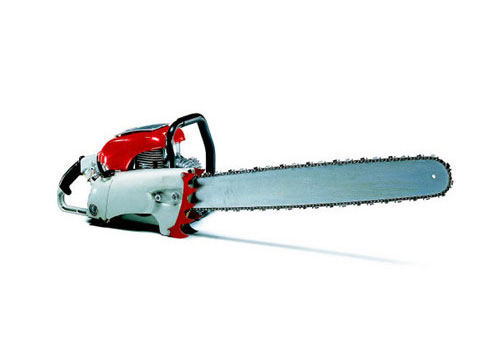Mastering Chainsaw Safety: Effective Strategies to Prevent Injuries

Chainsaws are powerful tools commonly used in various industries, including forestry, construction, and landscaping. While they greatly enhance productivity, they also pose significant risks if not handled with care. In this blog post, we will explore essential strategies to prevent chainsaw injuries, ensuring a safe and efficient working environment.
- Proper Training and Certification:
To prevent chainsaw injuries, it is crucial to receive comprehensive training and certification. This includes understanding the tool's components, safe operation techniques, and maintenance procedures. By acquiring the necessary knowledge and skills, operators can minimize the risk of accidents and handle potential hazards effectively. - Personal Protective Equipment (PPE):
Wearing appropriate personal protective equipment is vital when operating a chainsaw. This includes:
- Chainsaw chaps or pants: Designed to protect against accidental contact with the chainsaw blade.
- Safety helmet with face shield and earmuffs: Shields the face from flying debris and safeguards hearing.
- Cut-resistant gloves: Provide hand protection without compromising dexterity.
- Steel-toed boots: Protect feet from falling objects and potential chainsaw impacts.
- Pre-Operational Inspections:
Performing pre-operational inspections ensures that the chainsaw is in optimal condition and reduces the risk of malfunctions. Key inspection points include:
- Checking the chain tension and sharpness: A loose or dull chain can lead to kickbacks and accidents.
- Verifying the functionality of safety features: Ensure that the chain brake, throttle lock, and trigger interlock are working correctly.
- Examining the fuel and oil levels: Running out of fuel or oil during operation can cause the chainsaw to malfunction.
- Safe Work Practices:
Adhering to safe work practices is essential for preventing chainsaw injuries. Some important guidelines include:
- Maintaining a secure footing: Position yourself in a stable stance and avoid overreaching while operating the chainsaw.
- Clearing the work area: Remove any potential obstacles, such as branches or debris, to prevent tripping or entanglement hazards.
- Establishing a safety zone: Keep bystanders at a safe distance to avoid accidental injuries.
- Using proper cutting techniques: Employing the appropriate cutting techniques, such as the bore cut or notch cut, reduces the risk of kickbacks and ensures controlled cuts.
- Regular Maintenance:
Regular maintenance of the chainsaw is crucial for its safe and efficient operation. This includes:
- Cleaning the chainsaw: Remove debris, sawdust, and oil buildup to maintain optimal performance.
- Sharpening the chain: A sharp chain reduces the effort required and minimizes the risk of kickbacks.
- Lubricating the chain: Proper lubrication ensures smooth operation and prevents overheating.
Conclusion:
Preventing chainsaw injuries requires a combination of proper training, the use of personal protective equipment, thorough inspections, safe work practices, and regular maintenance. By implementing these strategies, operators can significantly reduce the risk of accidents and create a safer working environment. Remember, safety should always be the top priority when operating a chainsaw.


